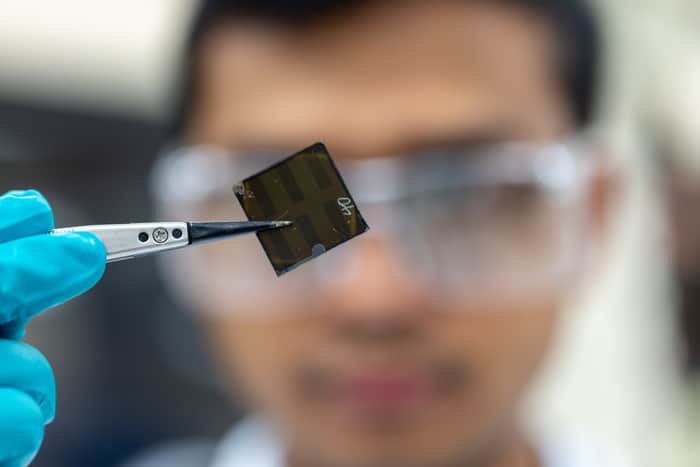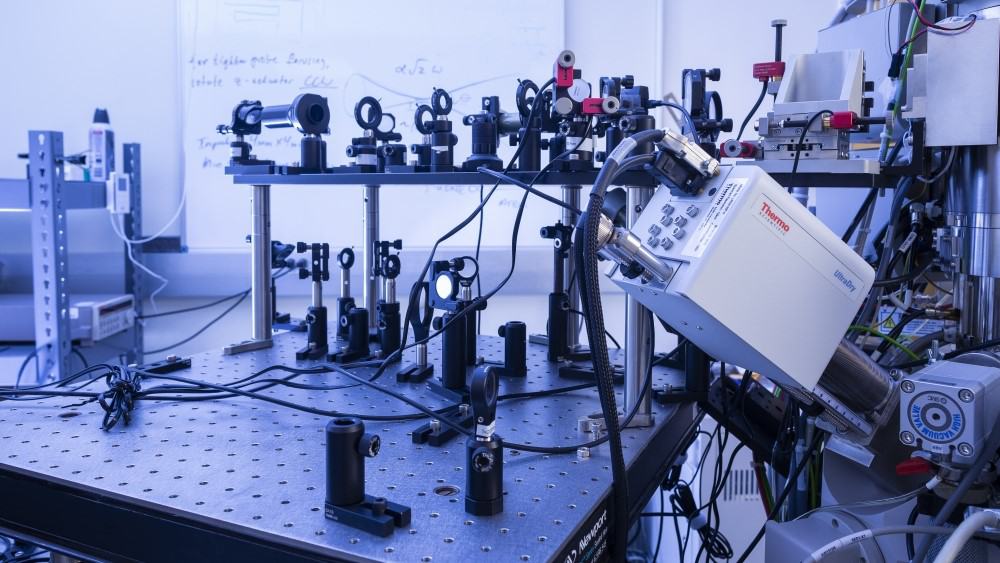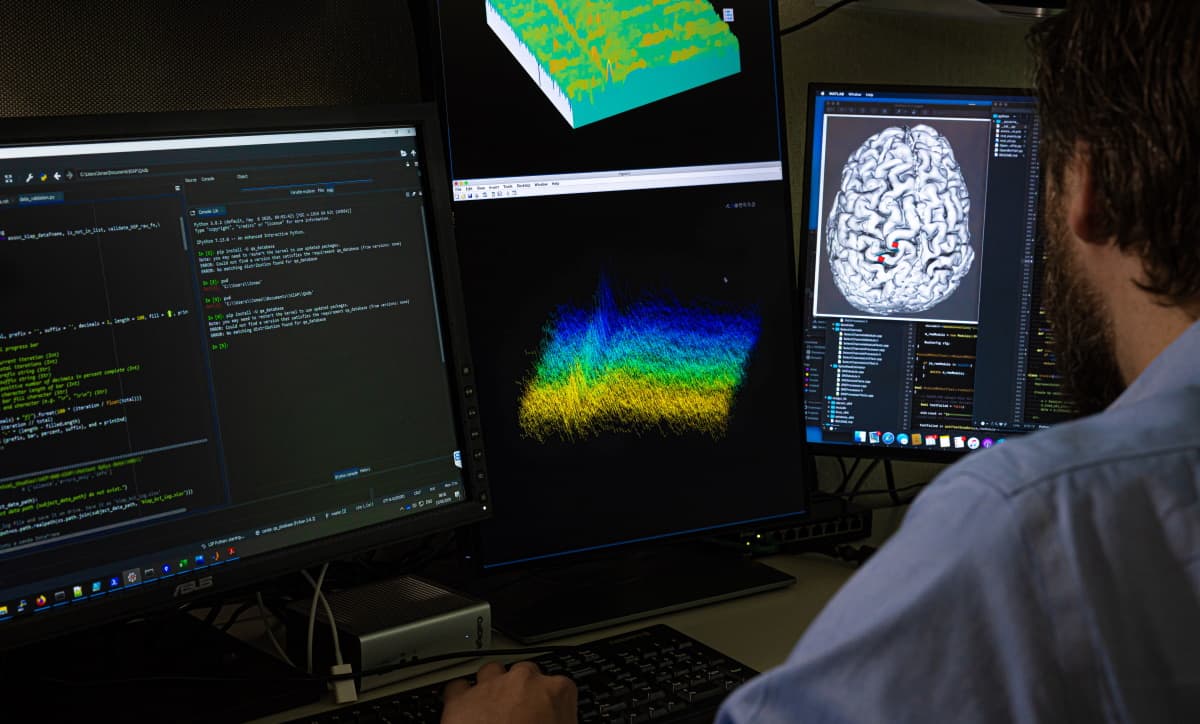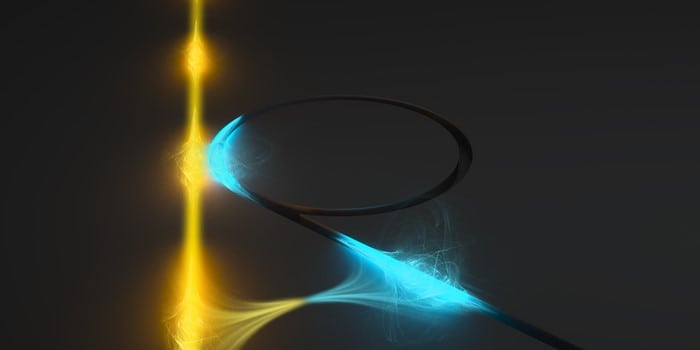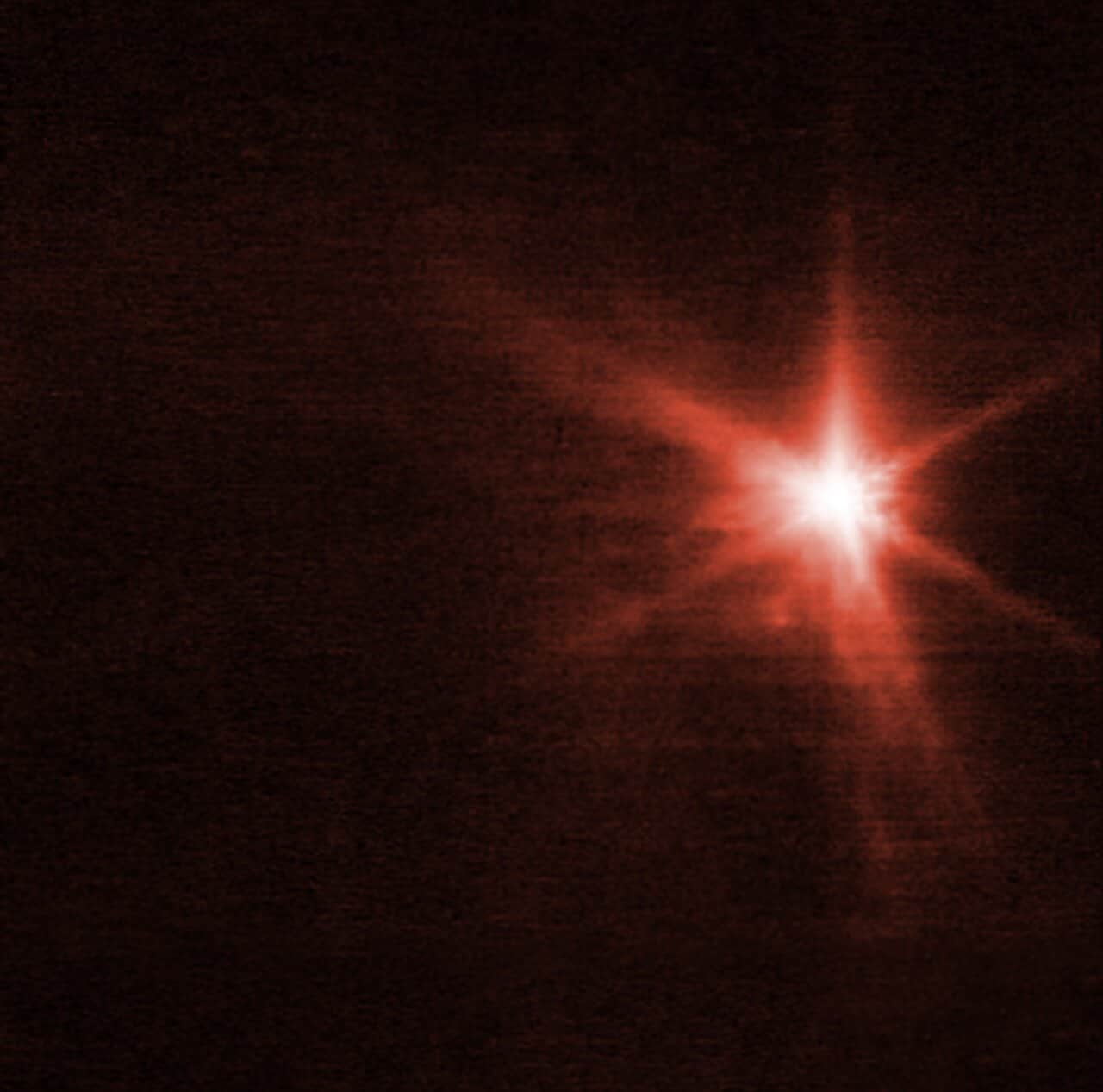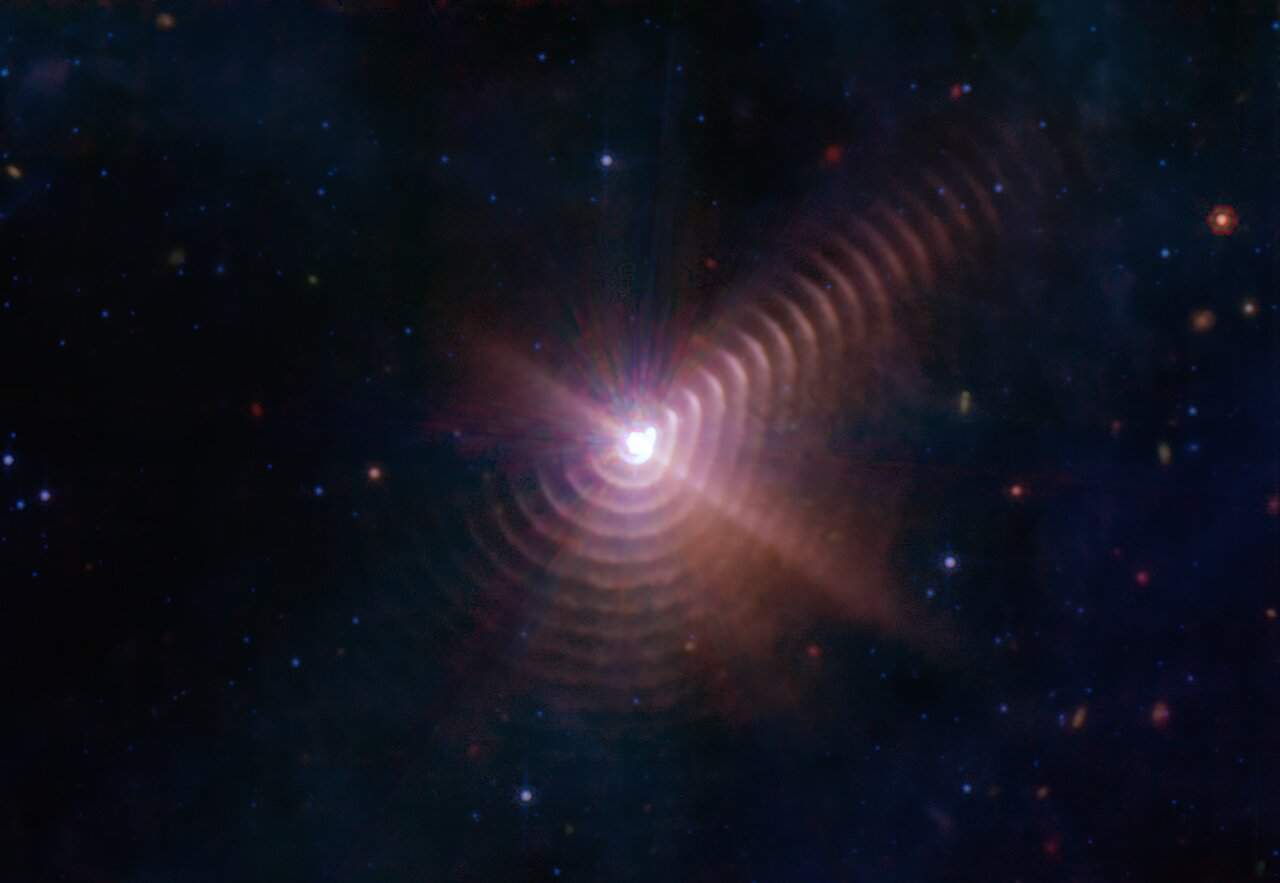From the physics of the perfect burger to a board game inspired by a synchrotron, physics has had its fair share of quirky stories this year. Here is our pick of the best 10, in no particular order.
Diamond: the game
Synchrotrons and some board games have at least one aspect in common: they involve things going round in a circle. Mark Basham and Claire Murray from the UK’s Diamond Light Source synchrotron and Matthew Dunstan at the University of Cambridge saw the parallels and created “Diamond: the Game”. Suitable for anyone aged 10 and over, the game – which takes no more than half an hour to complete – puts players in the role of a researcher at Diamond. By visiting different beamlines while progressing round the board, participants learn about the diversity of science that is done at the facility – including physics, chemistry, cultural heritage and more. The game has been tested by more than 200 students and was released online as a free-to-print game in 2020. Since then, Diamond has been played by more than 14,000 players in more than 30 countries worldwide. Whether it makes being stuck on the beamline at 2 a.m. more bearable is open to question.
In the doghouse
The auction house Christie’s held its annual sale of rare and unusual meteorites in late February. The 66 lots included a 15 g fragment of the Winchcombe meteorite, which in 2021 became the UK’s most coveted rock after it was seen across the sky over the Cotswold town. It sold for a cool $30,240 while a smaller 1.7 g fragment fetched $12,600. Another item under the hammer was a meteorite that in April 2019 created an 18 cm hole in the oxidized tin roof of a doghouse in Aguas Zarcas, Costa Rica. Its resident, a German shepherd named Roky, survived unharmed. The kennel-striking meteorite, which is 70% covered with “fusion crust”, had a guide price of $40,000–60,000 but in the end went for a disappointing £21,240. But that wasn’t the most unusual item. “Lot 4” was the doghouse itself, placed on some artificial grass together with an orange dog bowl. The lot had a guide price of $300,000, and though it went for a paltry $44,100, that’s still probably enough to buy Roky a nice new home.
Here’s your chance of love
In late 2020 physicist Steven Wooding created an online resource to persuade “flat-Earthers” that the Earth is spherical and not a disc. Wooding was back this year with a new project about something just as tricky – finding your chances of love. Released just before Valentine’s Day, the Drake Equation for Love Calculator is an adaptation of the famous Drake equation, which estimates the number of alien civilizations in our galaxy with whom we could communicate. The love calculator – created with the help of data scientist Rijk de Wet – asks users to input their location, social skills and attractiveness as well as the age range of potential partners and whether they are university educated. The output is then compared to the possibility of an alien civilization existing within 1000 light-years of the Earth. Wooding told Physics World that his own odds of finding love are 2.1 times better than the possibility of alien life. Is he being perhaps a bit picky?
Jurassic race
Could the Jamaican sprinter Usain Bolt have beaten a 400 kg dinosaur in a 100 m sprint? It’s probably not a question you’ve wondered about before, but Scott Lee, a physicist from the University of Toledo in Ohio, thought it would be a good problem for his students to solve. To make it a fair race, Lee choose the theropod dinosaur Dilophosaurus wetherilli as it’s thought to have had a top running speed of about 10 m/s, which is just a shade over Bolt’s 9.58 s world record that he set in the 100 m sprint at the 2009 World Athletics Championships in Berlin. Using concepts from 1D kinematics and numerical techniques, the students discovered that Bolt’s acceleration at the start would leave the Dilophosaurus in the dust, with the legendary sprinter winning the race with a good two seconds to spare. Given that the Dilophosaurus had razor-sharp claws and the ability to spit venom at its pray (as DNA thief Dennis Nedry discovered in the film Jurassic Park), we imagine Bolt – in any hypothetical race – would have plenty of motivation to smash his own record.

Entangled tale
Imagine being able to survive when chilled to near absolute zero. That’s what tiny organisms called tardigrades can do, but could these cute-looking “water bears” have another low-temperature trick up their sleeve? To find out, an international team of physicists chilled a tardigrade to below 10 mK and then used it as the dielectric in a capacitor that itself was part of a superconducting transmon qubit. The researchers then entangled the qubit – tardigrade and all – with another superconducting qubit before warming up the tardigrade and bringing it out of its latent state of life called cryptobiosis. Some physicists, however, remain unconvinced. “This is not entanglement in any meaningful sense,” Rice University physicist Douglas Natelson noted on his blog. Whether or not the researchers achieved quantum entanglement, they definitely did set a record for the extreme conditions that a complex lifeform can survive, with the tardigrade spending 420 hours at temperatures below 10 mK and pressures of 6 × 10−6 mbar.
Keeping a lid on it
Closing the lid on your favourite board game box can take a while as it slides down the base to close. This so-called “telescoping” cardboard box – where the lid barely overlaps with the base – is commonly used to hold or ship a variety of objects from board games and footwear to mobile phones. Such boxes are cheap to make and while the economic and environmental aspects have been well studied, the physics never had. To make amends, Jolet de Ruiter from Wageningen University and colleagues carried out experiments on commercially available boxes and 3D printed models to investigate the fluid dynamics of the sliding box lid. The researchers used low-Reynolds-number fluid flow to derive a theory for the flow of a thin film of air in the gap between the lid and base. They then compared this to experiments to find that the fastest way for the box lid to close is not based on a conventional straight lid-base configuration but for the lid to have a slight angle – just a few degrees – relative to the vertical base. If this design ever hits the shelves, we can thank the researchers for thinking outside the box.
Let’s do the twist
When it comes to eating an Oreo, some of us can’t resist twisting the two biscuits apart and licking the filling off. That’s because most – if not all – of the filling ends up stuck on one biscuit or the other. Crystal Owens, a PhD student at the Massachusetts Institute of Technology, tackled the physics of how that mysterious separation occurs. She and her colleagues created an “oerometer” – a rheometer that grasps the two biscuits and gives the cookie a twist until it separates into two. They confirmed that the filling always ends up on one biscuit, suggesting the effect doesn’t depend on precisely how an Oreo is twisted. The amount of filling doesn’t affect the separation process either, although what does make a difference is the twisting speed, with a slow twist being better for a clean break. Unfortunately, the research doesn’t explain why the filling always ends up on one side, though Owens reckons it could be linked to how Oreos are manufactured. Yeah, but what about custard creams?

Fizz goes supersonic
Opening a bottle of good champagne is one of life’s great delights and it is also a process that involves a lot of physics. Gérard Liger-Belair from Université de Reims Champagne-Ardenne and colleagues studied the uncorking process in more detail, in particular what happens in the few milliseconds after a bottle has been opened. In 2019 research by the group showed, for the first time, the formation of shock waves in the fluid during cork popping. Building on that work, the team found that a succession of normal and oblique shock waves combines to form “shock diamonds” – patterns of rings typically seen in rocket exhaust plumes. It results in the gas mixture escaping from the bottle at supersonic speeds. “Our paper unravels the unexpected and beautiful flow patterns that are hidden right under our nose each time a bottle of bubbly is uncorked,” says Liger-Belair. “Who could have imagined the complex and aesthetic phenomena hidden behind such a common situation experienced by any one of us?” We’ll raise a glass to that.
The physics of the perfect burger
What is the most effective way to grill a burger or a steak – flip the meat once or many times? Some chefs think you should flip only once as doing so multiple times will mean less browning and therefore less flavour. Others, however, claim that regular flipping results in a more even cook and is also about 30% faster, given that each surface of the meat is exposed to heat relatively evenly and has less time to cool down. Mathematician Jean-Luc Thiffeault from the University of Wisconsin in the US created a “simple” model to demonstrate this speedy cooking time for flipped meat. Assuming a burger is an infinite thin slab and has symmetric thermal properties – i.e. the same at the top and the bottom – he used a 1D heat equation to find that flipping the patty once results in a final cooking time of about 80 seconds. This falls for every subsequent flip so that 20 flips results in a 20% drop in cooking time. Taking Thiffeault’s model to its mathematical extreme, a burger could cook in 63 seconds – if you flipped it infinitely many times. That would challenge even the most experienced grillers.
Follow ewe, follow me
What do the murmuration of starlings, the motion of micro-organisms, and the stopping and starting of traffic on a busy motorway have in common? They’re all examples of collective motion studied by physicists – and now you can add flocking of sheep to the list. Fernando Peruani from the Côte d’Azur University in Nice, France, led a study that examined the roles played by “leaders” and “followers” in driving the motion of flocks of sheep. His team combined observations of flocking with mathematical models to show that the sheep’s collective motion is governed both by the movement of a lead animal and the way in which other animals in the flock respond. Peruani and his gang also found that individual sheep alternate between leaders and followers in a seemingly random way. The team concludes that the collective motion of sheep is governed by both hierarchical and democratic processes within the flock. You herd it here first.
You can be sure that next year will throw up its fair share of quirky stories from the world of physics. See you next year!
